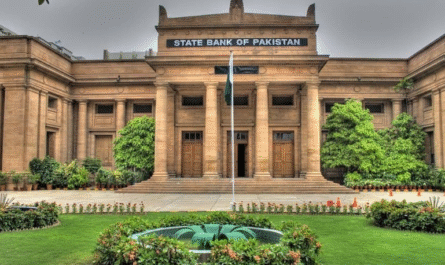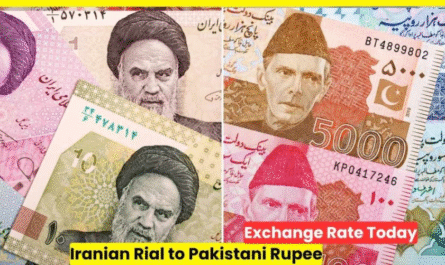⚡ Govt Finalizes Policy to Push Electric Cars in Pakistan, Limit Fuel Use
Pakistan’s government has taken a major step forward in sustainable transportation. After much planning and stakeholder consultations, the National Electric Vehicles Policy (NEVP) 2025–30 is now officially finalized—launching a transformative push toward electric mobility while actively reducing fossil fuel dependence.
🔌 1. Ambitious Goals Set
Under the NEVP, Pakistan aims to convert:
- 30% of all new passenger vehicles (cars, trucks, buses) to electric by 2030
- 50% of two‑ and three‑wheelers (motorcycles, rickshaws) to electric by 2030
This policy isn’t just aspirational—it’s a strategic green mobility roadmap.
🏭 2. Manufacturing Licenses Issued
To build local EV capacity, the government has granted 57 new licenses:
- 55 licences for assembling/producing electric two- and three-wheelers
- 2 licences for full four-wheeler assembly
These licences mark the dawn of a domestic EV industry, expected to reduce oil imports and generate green jobs.
🌱 3. Powerful Incentives for Consumers & Producers
Under the policy, a number of incentives have been implemented:
- Tax breaks: 1% customs duty on EV parts, sales tax exemptions on locally made EVs/components, and accelerated duty rates
- Green financing: Loans at 3% KIBOR; government covers remaining interest—monthly payments around ₨ 9,000
- Waived fees: Free registration, toll waivers, token tax exemptions, and no licensing fees for EV manufacturers
🔋 4. Charging Infrastructure Invigorated
To overcome range anxiety and usability concerns:
- 10,000 charging stations nationwide by 2030, including fast chargers and battery‑swap hubs
- EV zones established in major cities, with mandates requiring fuel-stations to install chargers
- Significantly reduced tariffs: Power costs for charging dropped ~44%, from ₨ 71.10 to ₨ 39.70/kWh
🍃 5. Reducing Fuel Use and Oil Import Bill
Strategic gains include:
- Conversion of 1 million bikes projected to save $165 million/year in fuel imports
- Annual petroleum savings estimated at $5–6 billion through EV adoption—critical for national energy security
🚧 6. Industry Reaction and Challenges Ahead
Auto industry chambers like PAMA have flagged concerns:
- Preferential CBU import duties could hinder the growth of local CKD industries
- Worry that incentives for EVs might crowd out hybrid/PHEV lines.
Despite licensing progress, production remains slow: 60,000 EVs assembled in 2024 compared to near-600,000 targets
💡 Bottom Line
Pakistan’s finalized NEVP strategy is a bold leap toward a future powered by electricity—not oil. With clear targets, financial support, tax benefits, and charging networks, the stage is set. But success depends on rapid implementation, manufacturing scale, and public adoption.
Next steps for government & industry:
- Track license holders to ensure they become fully operational
- Maintain charging infrastructure delivery
- Balance incentives across EVs and hybrids to build an inclusive auto eco-system
For consumers:
- Take advantage of subsidies, low loan rates, and charge savings
- Expect growing EV options—from e-bikes to four-wheelers—soon



